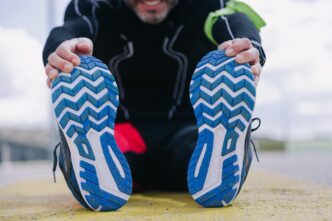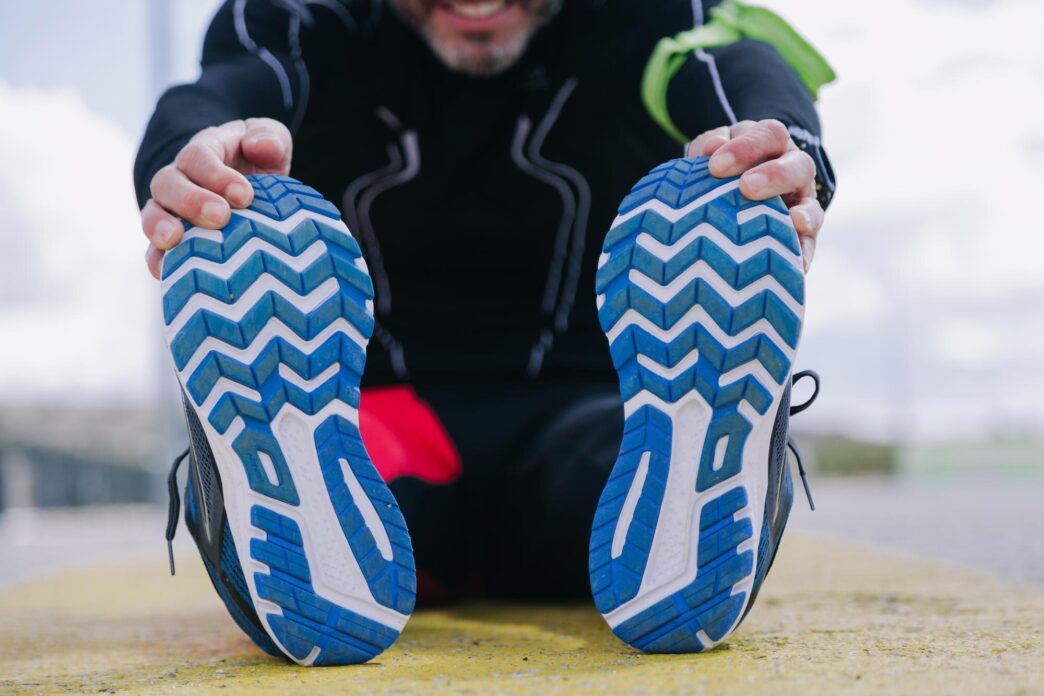A Quick Takeaway
The Story Behind the Trend
How to Make It Work for You
The Community View
For runners aiming to shave seconds off their personal bests or simply experience a more responsive, agile feel with every step, lightweight running shoes are a game-changer. These specialized athletic shoes are engineered to minimize mass without sacrificing critical performance elements like cushioning and energy return, allowing athletes of all levels to unlock greater speed and efficiency during tempo runs, track workouts, and race day. Understanding their design, benefits, and optimal use is crucial for anyone looking to elevate their running performance and achieve a truly swift stride.
The Anatomy of a Lightweight Running Shoe
Lightweight running shoes are meticulously designed to shed grams wherever possible, focusing on a streamlined construction that prioritizes speed. This often involves innovative material choices and minimalist design principles across all components.
Midsole Technology
The midsole is where significant weight savings and performance gains are made. Manufacturers utilize advanced, lightweight foams that offer exceptional energy return and cushioning relative to their density. These proprietary foams, like PEBAX or various EVA blends, are engineered to compress and rebound quickly, propelling the runner forward with less effort.
Upper Construction
Uppers in lightweight shoes are typically crafted from highly breathable, thin mesh materials that offer a secure, sock-like fit without added bulk. Features like thick padding, heavy overlays, or extensive structural elements are minimized to reduce weight and enhance ventilation, keeping the foot cool and comfortable during intense efforts.
Outsole Design
Outsoles are often strategically placed, using durable rubber compounds only in high-wear areas to maintain grip and traction while minimizing overall weight. Some models even feature exposed midsole foam in less critical zones to further reduce material and mass, balancing durability with the primary goal of lightness.
The Science of Speed: How Lighter Shoes Help
The benefits of lightweight running shoes extend beyond just a feeling of quickness; they are rooted in biomechanical and physiological advantages that directly contribute to faster running.
Reduced Energy Expenditure
Research consistently shows that carrying less weight on your feet reduces the metabolic cost of running. A lighter shoe means your muscles expend less energy lifting and swinging your feet with each stride, allowing you to maintain a given pace with less effort or run faster for the same effort. This translates to improved endurance and speed, especially over longer distances.
Enhanced Responsiveness and Ground Feel
The combination of lightweight materials and often lower stack heights (though some “super shoes” defy this with high stack, light foam) provides a more direct connection to the ground. This enhanced ground feel can improve proprioception, allowing runners to react more quickly and efficiently to changes in terrain or stride, fostering a more natural and agile running experience.
The Role of Carbon Fiber Plates
Many top-tier lightweight racing shoes now incorporate carbon fiber plates within their midsoles. These plates act as a lever, providing stiffness and stability while working in conjunction with highly resilient foams to create a spring-like effect. This mechanism helps to store and return energy more efficiently, offering a propulsive sensation that can significantly boost running economy and speed.
Who Benefits Most from Lightweight Running Shoes?
While the allure of speed is universal, lightweight running shoes are best suited for specific scenarios and runner profiles.
Race Day Performance
This is arguably where lightweight shoes shine brightest. Their design is optimized for maximum efficiency and speed over specific distances, from 5Ks to marathons. Wearing them on race day can provide that crucial edge, allowing you to perform at your peak when it matters most.
Speed Work and Tempo Runs
Integrating lightweight shoes into your training rotation for speed work, interval training, and tempo runs can help simulate race conditions and improve your leg turnover. They encourage a faster, more efficient stride, helping your body adapt to higher paces.
Experienced Runners
Runners with developed biomechanics and a consistent training base are generally better equipped to handle the typically less structured support of lightweight shoes. Their bodies have built the strength and stability needed to benefit from the minimalist design without risking injury.
Considerations Before You Buy
Choosing the right lightweight running shoe involves more than just picking the lightest option. Several factors should influence your decision.
Foot Strike and Biomechanics
While many lightweight shoes are versatile, some may favor specific foot strikes (e.g., forefoot or midfoot). Understanding your natural running gait can help you select a shoe that complements your biomechanics rather than working against them.
Distance and Terrain
For shorter races or track work, ultra-minimalist racing flats might be ideal. For longer distances like marathons, shoes with a balance of lightweight construction and significant energy-returning cushioning, often incorporating carbon plates, are preferred. Consider the typical surfaces you’ll be running on; minimal outsoles may not offer sufficient grip on technical trails.
Comfort and Fit
Ultimately, the best shoe for you is one that feels comfortable and fits well. Even the most technologically advanced shoe won’t perform optimally if it causes discomfort or blisters. Always try shoes on, ideally with your running socks, and take a short jog to assess the feel.
Shoe Rotation Strategy
Lightweight shoes are generally not designed for everyday training, as their focus on minimal durability can lead to faster wear and tear. Incorporating them into a shoe rotation, alongside more cushioned daily trainers, can extend their lifespan and allow your feet and legs to experience varied support and cushioning, which is beneficial for injury prevention.
Unleashing Your Potential
Embracing lightweight running shoes can be a transformative step for any runner looking to elevate their speed and efficiency. By understanding the intricate balance of materials, design, and biomechanical advantages, you can make an informed choice that propels you towards new personal bests and a more exhilarating running experience. Remember to integrate them wisely into your training, focusing on specific workouts and race days to maximize their benefits and ensure a sustainable, injury-free journey towards a swifter stride.







